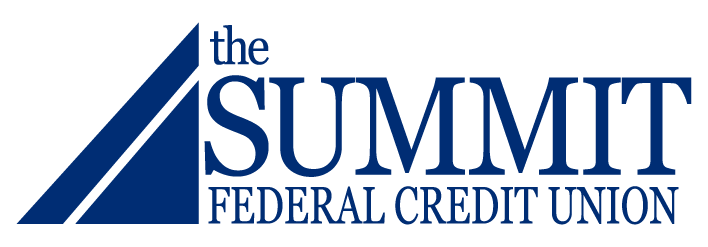Categories: General Tips
You are about to hit a major life milestone—opening a checking account and taking one of the first big steps toward financial independence and growth. Whether you’re here because you just landed your first job, are heading off to college, or for another important reason, there are a few quick steps to think about as you get started.
What to Bring to Set Up Your Checking Account
Most financial institutions need a few standard items to get started, including at least two forms of identification, for example, a driver’s license, passport, birth certificate, or social security card. You’ll also need proof of address, which could be on something like a cell phone bill or one of your forms of ID. If you’re a minor, you might also be able to use proof of address from your parents (like one of their bills). You can typically check out what documents you need on the financial institution’s website or by calling your local branch. Once you’re ready, you will fill out an application and, once it’s been approved you’ll likely be asked for an initial minimum deposit, which can be as low as $5 depending on the type of account you open.
Online vs. In-Branch Accounts
You can set up a checking account from the convenience of your home or wherever your phone or laptop takes you, or you can stop into a branch for on-site support. Either way, it’s a simple and relatively quick process to get started. They will give you an application, or you could print it and fill it out ahead of time.
If online, be ready to enter your social security number and other information from your IDs. You’ll start your initial deposit with a credit card, debit card, or transfer from another account. You may have to stop into a branch to provide a signature to complete the application process. Do your research beforehand to know what is required of you.
What is a Direct Deposit
This is a great option to get started right away, especially if you have a job or plan on getting one soon. Most employers have direct deposit options that make getting paid easier and faster. You can also split direct deposits into multiple accounts like checking and savings to support your financial needs and goals. Typically setting up a direct deposit is done through your HR or payroll department at work; you’ll just need your new checking account number and the financial institution’s ’s routing number (which can be found on your new checks or via your online account access).
What You’ll Get
When you open a checking account, you’ll get a set of items to launch your financial independence, including your account number, a list of local branch locations, a debit card, and you will be able to have your first set of checks. If available, you’ll also get access to the institution’s mobile banking app so you can check account balances, deposit checks electronically, and transfer money.
Choosing the Right Debit Card
Nearly all new checking accounts come with a debit card or access to withdraw cash at the financial institution near you. You may also choose to set up a debit card for payment convenience when you’re out and about. A debit card is swiped or inserted at point of payment machines in stores and restaurants. However, unlike a credit card, it will take the money directly out of your account at the time of payment. The best types of debit cards are ones that work for you with things like rewards, cashback and/or points toward future purchases. Some are fee-free, while others have annual fees but often better perks. Take a look at the perks of the debit cards in relation to the fee and decide if it’s worth the cost to get the benefits.
A checking account is an important financial tool that keeps your money safe, helps you budget your expenses, allows you to pay bills on time, and makes it easier to save for bigger purchases. When you’re ready, we’re ready to help you get started.
Sign up for an online checking account – a new way to bank!
